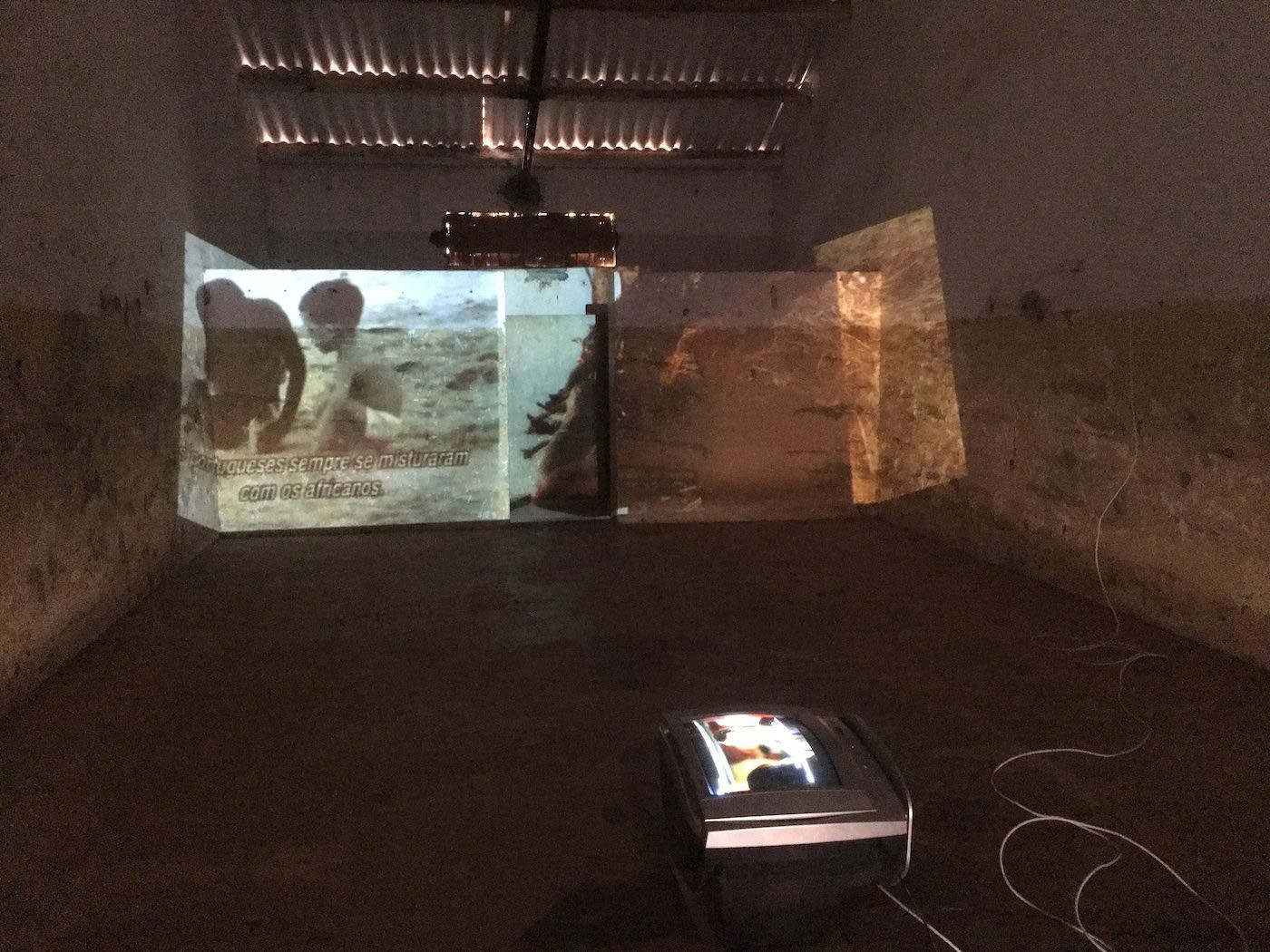Intimacy and Exposure in an Age of Lockdown
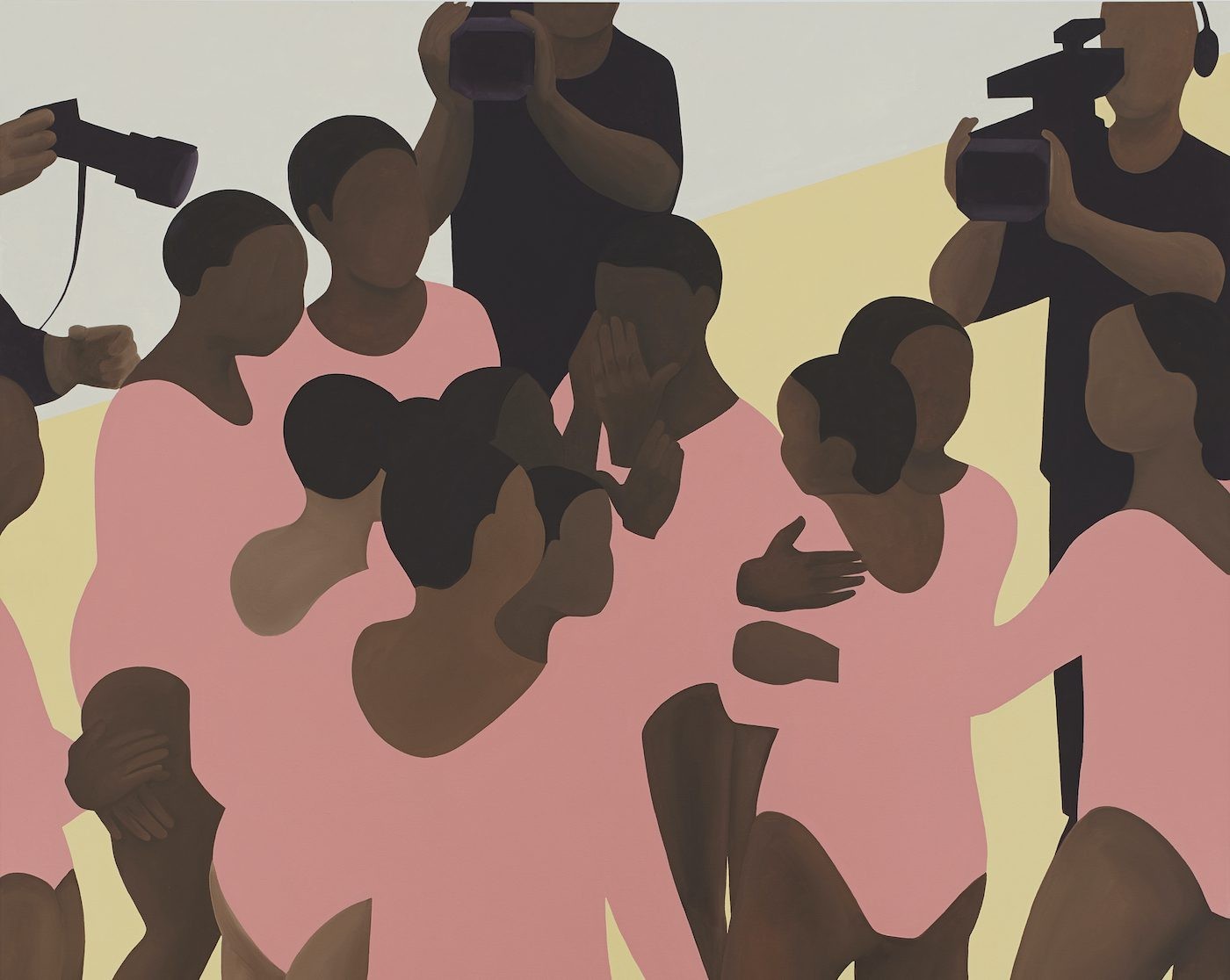
23 April 2020
Magazine C& Magazine
5 min de lecture
Covid-19 has undoubtedly already changed everyone’s lives. What the future holds, no one knows. All we know for now is how many parts of the world have adapted to living in lockdown. C& contributor Sean O’Toole writes about what has struck him the most about digital living – and working.
In late March, on the eve of South Africa’s national health lockdown, painter Thenjiwe Niki Nkosi sat down with some friends to talk. Depending on how you see things, the intimate gathering of socially distant friends and supporters funneled into Nkosi’s Johannesburg home via Instagram Live was either a meager substitute for her cancelled exhibition opening at Stevenson, or it was a thrilling experience. Thrilling? Well yeah, but not for the reasons one usually raves about an exhibition opening.
Gymnasium, as Nkosi’s debut solo is titled, comprises a suite of figure paintings that linger on Black athletic achievement and poise. Painted in her flat, graphic style, they include a number of crowd scenes. In Team (2020), a group of young female athletes in pink leotards hug, while in Audience (2020) a deadpan multitude spectate. Nkosi’s congested scenes jam established signals: everyone, including the cameramen scrumming the embracing athletes, is Black. Of course, I wanted to learn more about her intentions.
The virtual opening-cum-talk-about, hosted by Stevenson curator Lerato Bereng, got off to a bumpy start. Unlike offline exhibitions, where opening times are approximate, and include a generous buffer for stragglers and grand arrivals, digital protocols are still being defined. I mean, it is hard to loiter at a digital opening. Is it okay to nip off to the kitchen? Is the announcement that you’ve left a Zoom conversation punishable by social media death? Bereng is capable host; I loitered.
It was twilight as the artist started speaking. Then a child unexpectedly cried off-frame. Nkosi, whose three-year-old daughter started pre-school earlier this year, pivoted. A concerned look came over her face. Boop. She was gone.
Over the last month, there’s been a lot figuring out how to engage socially across digital platforms. People have adapted remarkably quickly. Galleries are hosting regular encounters with their artists. Artists without the armature of gallery support are also being inventive. Publishers are interviewing their writers. Writers are reading from their books. In Cape Town, Norval Foundation is posting 60-second missives devoted to individual works in its collection of mostly postwar South African art.
For all the virtual dialoguing and soliloquizing, I can’t shake a feeling. Trapped in my gilded cage – and yes, I’m very lucky for that – every day feels like Sunday. The levity that usually energizes Fridays – um, like that’s on hold until whenever. Social codes and routines have been upended. Sometimes this can be productive. Take Nkosi. She is remarkably articulate, both as writer and speaker. She proved it again in her skilled narration of her work when she logged back in. But it was in that moment of breakdown – a child crying – that I saw something else, something vivid: motherly care.
Perhaps I’m making a meal of a nothing incident, but here’s my point. Sitting cheek by jowl in Nkosi’s backyard, obeying every rule of social isolation, what struck me most was the intimacy. The questions interspersed between the scrolling emojis were genuine. In this moment of profound crisis, posturing has, at least for now, taken a back seat. The world is genuinely engaged, even if the audience counter tells you there are maybe like twelve people watching. The cruelty of data.
But back to that word, intimacy. The new intimacy of socially distant digital engagement has become a source of insight and amusement. Oh dear God, look at the horrible Monet-light painting in that CNN anchor’s lounge. Wow, that BBC correspondent owns two Julian Opies! Fear of exposure has suddenly forced people to expose themselves. Kitchens and lounges now serve as offices. Bookshelves have become proxies for authority. The balcony functions as a kind of threshold space between public and private. You are your environment.
What to do when participation in a Zoom get-together now requires the same visual intelligence as creating a Tinder profile? Recently, when I checked in to listen to a fascinating talk by Pulitzer Prize-winning photographer and author Greg Marinovich about his archive of early-1990s news photography, my little frame in the Zoom mosaic of attendees was blank. I was in my pajamas. Presence doesn’t require a visual affirmation. During his conversation, hosted by auction house Strauss & Co’s Matthew Partridge, Marinovich spoke of how “time telescopes and compresses events.” I wrote his words down on a scrap of paper. “Is this being recorded?” someone asked on Zoom’s group chat.
Why do we record things? Perhaps, I would venture, to remember better. As political borders harden and immiseration spreads like a contagion, there is a lot about now that we will want to forget. Unavoidably, though, this will be a moment that we will all look back at. What will we choose to remember about now? That museums were shuttered and gallery openings cancelled? That Banksy was bored and created a rat tableau in his bathroom? Time telescopes and compresses events. For now, stuck in my private lockdown, I think I will remember a look of motherly care on an artist’s face.
Sean O’Toole is a Cape Town writer and contributing editor to Frieze.
Plus d'articles de
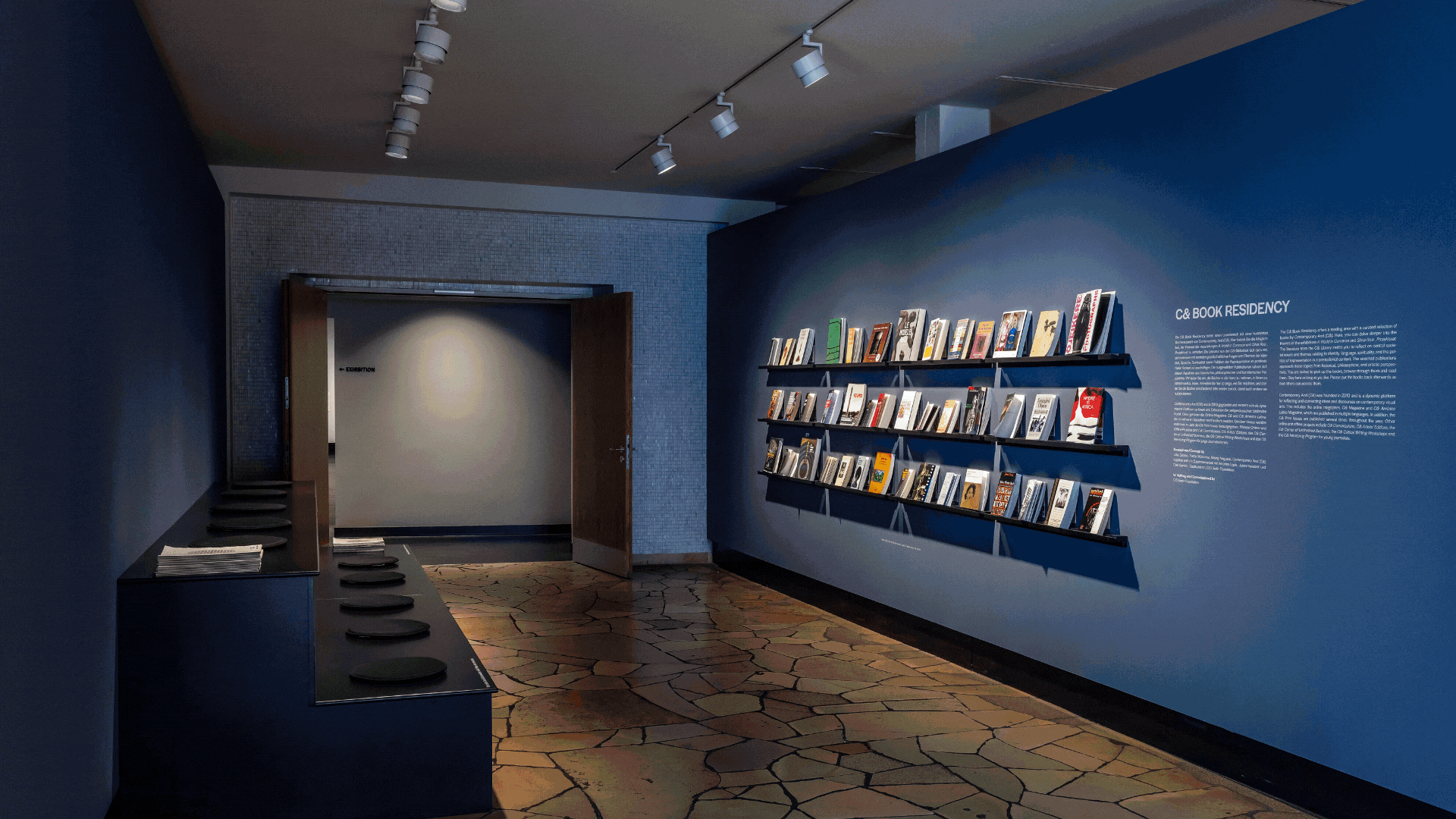
C& Highlights of 2025

Maktaba Room: Annotations on Art, Design, and Diasporic Knowledge

Irmandade Vilanismo: Bringing Poetry of the Periphery into the Bienal
Plus d'articles de
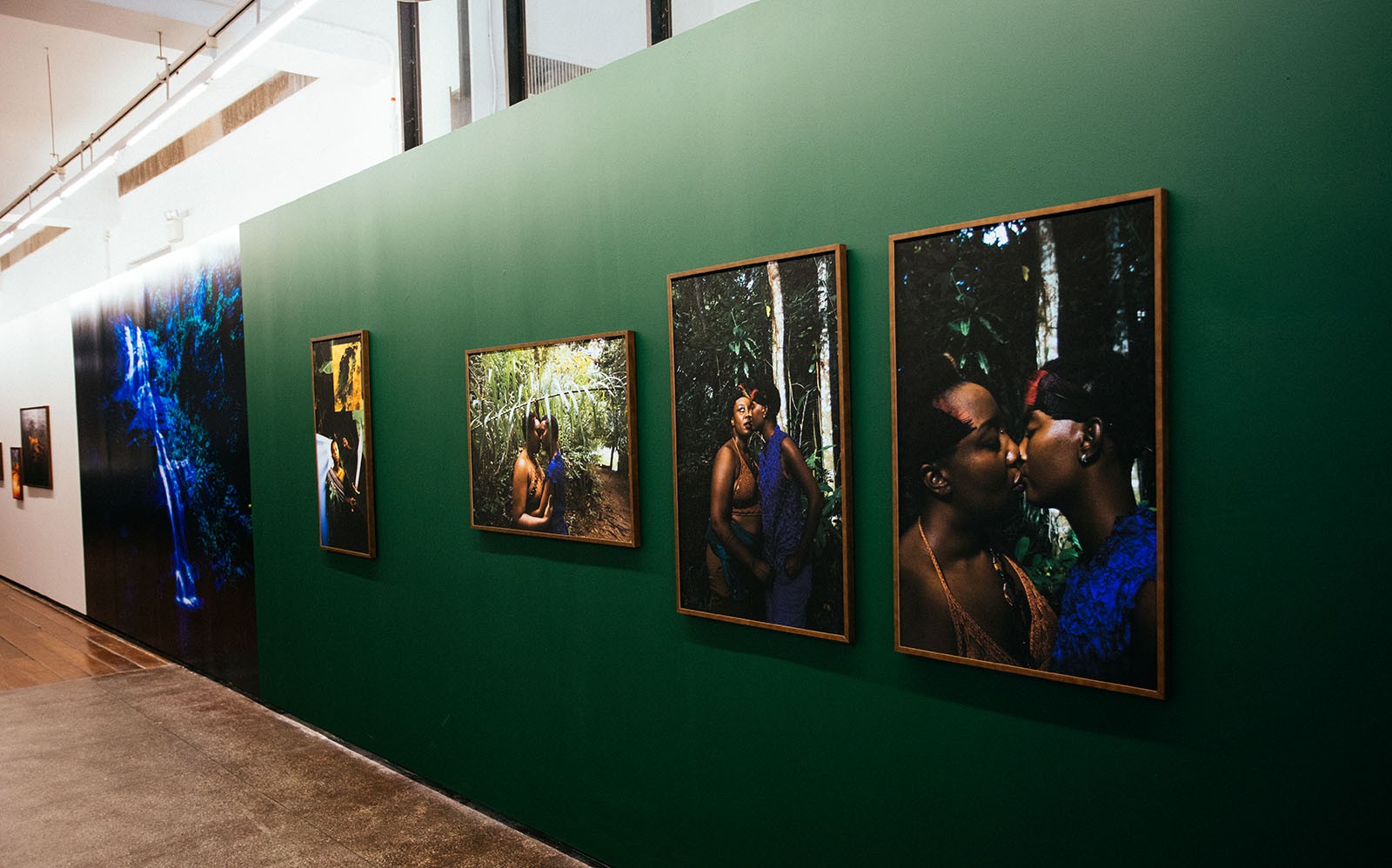
Flowing Affections: Laryssa Machada’s Sensitive Geographies
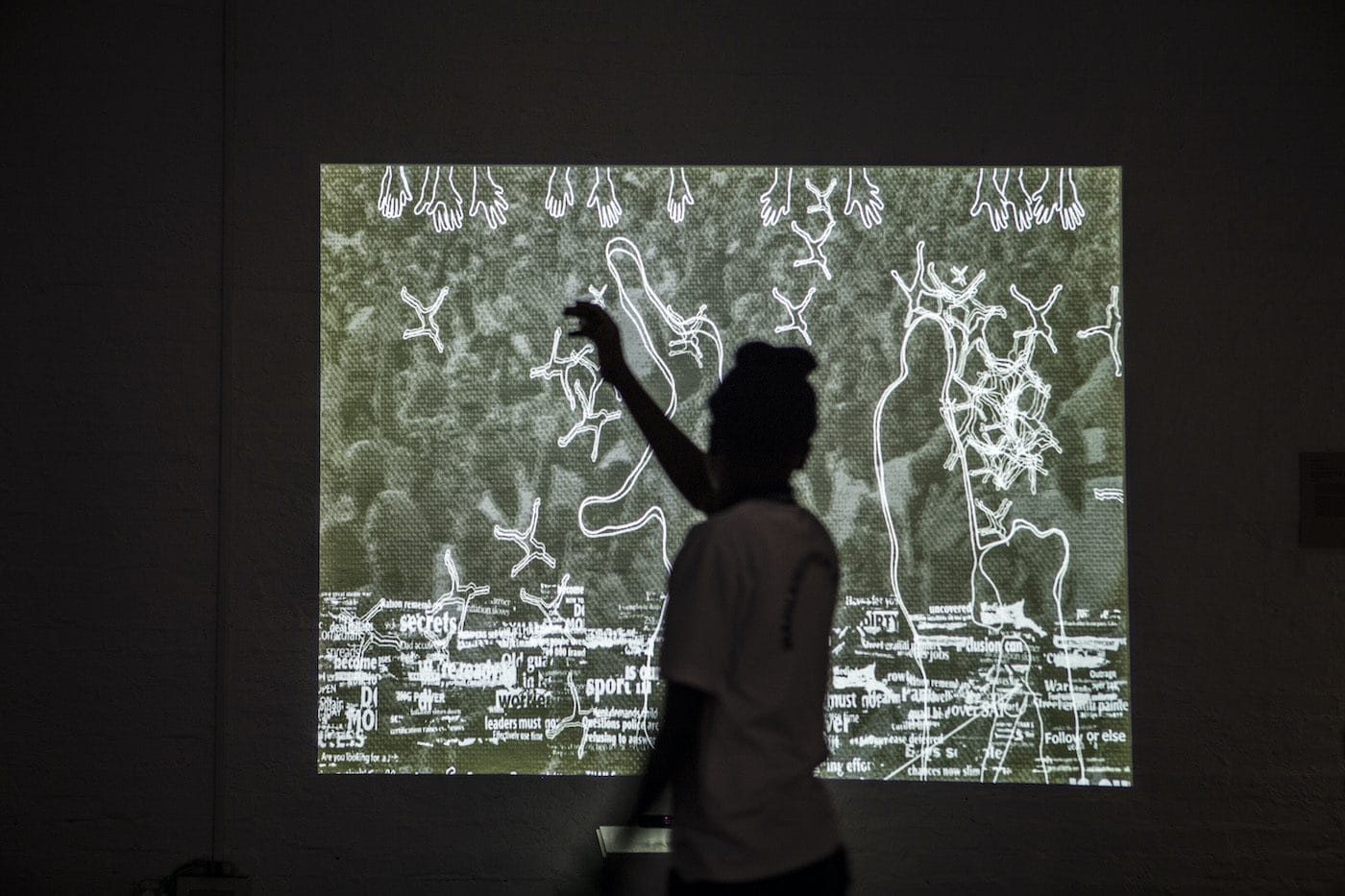
Kombo Chapfika and Uzoma Orji: What Else Can Technology Be?
